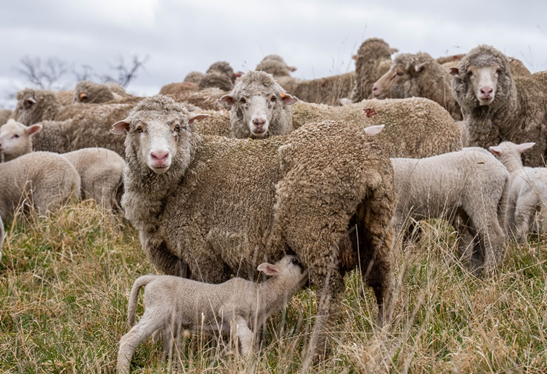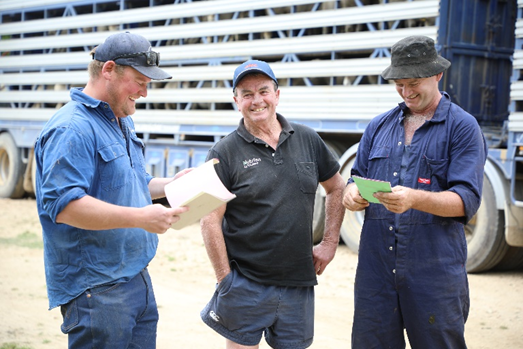Transporting cast for age ewes
Considerations for transporting older ewes
- Appropriate time off feed: Ideally, keep older ewes off green feed for 24hrs and off dry feed for 12hrs, and off water to coincide with the duration of the intended journey; 24–36 hours off
 water depending on time of year, that is less in summer versus more time off water in winter. Note, time off water prior to transport will need to take into consideration journey duration.
water depending on time of year, that is less in summer versus more time off water in winter. Note, time off water prior to transport will need to take into consideration journey duration. - Hay and supplements: Older ewes will benefit from good quality dry hay and a transition supplement in the days leading up to the final preparations for transport. Discuss the best strategies with your transport operator.
- Animal health: Consider animals that are not fit for loading in this older, higher risk class of sheep - e.g. foot deformities, lameness, cancers, blindness and lactating ewes with full udders.
- Experienced drivers: Many transport operators will allocate senior drivers who have had experience moving older stock, as these animals sometimes present a higher risk. Good preparation and communication with your transport operator is critical.
- Lighter penning densities: These are an important consideration for older ewes.
Ensure older ewes are fit for the journey
- Animals that are severely emaciated are likely to be very weak and should not be transported. They are likely to go down in the truck and not get back up.
- Make early decisions in drought. In a prolonged drought, keeping animals in good condition can be difficult. Focus on making early decisions on which animals to cull while they’re in an acceptable condition to transport. Emaciated sheep will limit your transport options and ability to sell. Planning is essential.
Resources:
Communicate with your transport operator

It is important to consider all factors:
- weather conditions
- geography of the trip
- length of wool and/or time off shears
- body condition score, frame and strength of the ewes
- breed types (some are more resilient than others).
Fit to load checklistBefore livestock are loaded, ensure you complete this checklist. Remember, it’s your responsibility to ensure animals are fit to load and fit for the intended journey ahead of loading. The animal:
Note: If the animal was grazed on lush green pasture, ensure it was removed from the paddock well in advance of loading and provided with access to adequate roughage (where possible). Make sure the animals are prepared in the best way possible, noting water curfew is very important when transporting goats. Ensure paperwork is completed and facilities are safe, operational and ready for when the truck arrives to load your consignment. |


